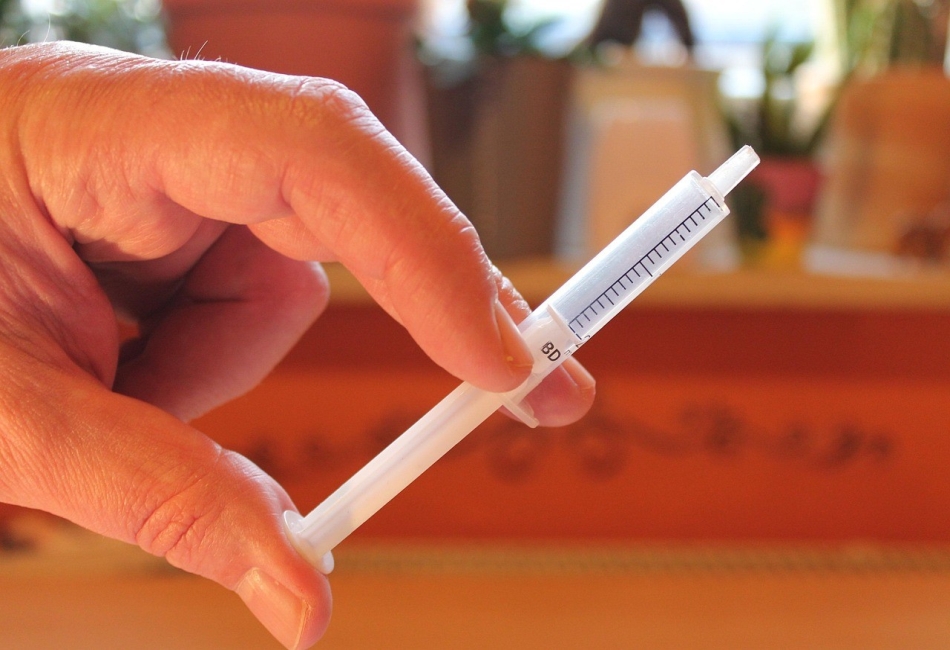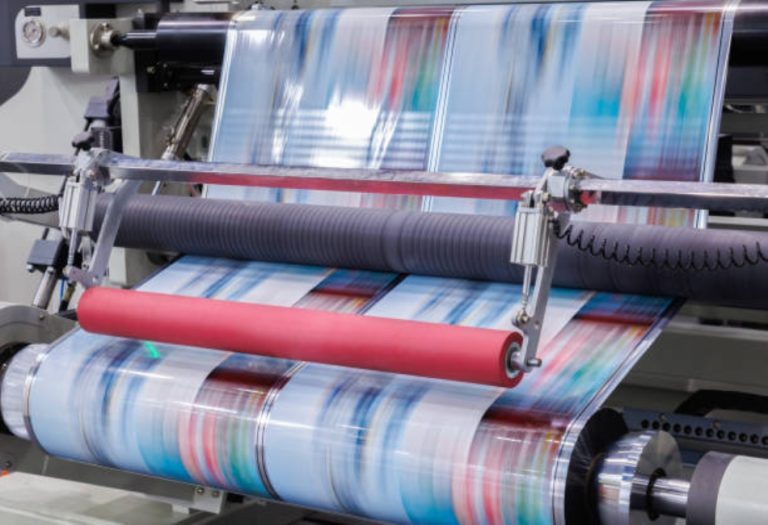What is the Injection Moulding Process?
Injection moulding is the unsung hero of modern manufacturing. From the bottle cap you just unscrewed to the phone case you drop daily, this process is the mastermind behind their flawless shapes. For companies looking to churn out high volumes of complex parts without breaking a sweat—or the bank—this is the ultimate method. But what magic happens behind the scenes? And which materials steal the show?
The Secret Sauce of Injection Moulding
Injection moulding in Melbourne is sharp, versatile, and always gets the job done. It’s why industries like packaging and electronics churn out products with the kind of consistency that would make a perfectionist weep. Need intricate details, razor-thin tolerances, or mind-blowing repeatability? Injection moulding’s got your back. Bonus: it’s so automated, human errors barely stand a chance, labour costs take a backseat, and production speeds rival a cheetah on a caffeine kick.
If you’re dreaming big, this process is your golden ticket to mass production without sacrificing precision. And figuring out how it all works? That’s where the magic—and the fun—really starts.
The Play-by-Play of Injection Moulding
Here’s how the magic happens:
- Load the Plastic: It starts with plastic pellets (think of them as tiny raw superheroes) poured into a machine hopper.
- Heat Things Up: The pellets travel into a heated barrel, melting into a perfect gooey state.
- Mould It: A screw mechanism injects the molten plastic into a mould (a precision-engineered masterpiece) made up of two halves: the cavity and core.
- Chill Out: The mould cools the plastic, locking in the intricate details as it solidifies.
- Release the Goods: The mould opens, ejector pins pop out the finished part, and voilà. Excess material gets trimmed or recycled, and the cycle resets like clockwork.
This process is a lean, mean, manufacturing machine—perfect for businesses that want quality, speed, and zero drama.
Picking the Right Plastic for the Job
Not all plastics are created equal, and selecting the right one can make or break your product. Thermoplastics are the MVPs here because they can be reshaped and recycled like pros. Some fan favourites include:
- ABS: The tough, versatile all-star for electronics and consumer goods.
- Polypropylene (PP): Chemical-resistant and flexible—ideal for packaging and car parts.
- Polycarbonate (PC): Transparent and tough, perfect for lenses and safety gear.
- Polyethylene (PE): A jack-of-all-trades, with strength and flexibility for every density.
Need something extra fancy? Engineering plastics like nylon (PA), polyoxymethylene (POM), or polyether ether ketone (PEEK) bring the heat for specialised, high-performance needs. Picking the right material isn’t just a choice—it’s an art. Pro tip: team up with a seasoned injection moulding partner for the best results.
The Recipe for Manufacturing Success
Mastering injection moulding is like perfecting a recipe—get the precision, materials, and expert chefs (moulders) just right, and you’ll cook up shorter lead times, lower costs, and flawless products every time. Boom, perfection served.
From sketch to finished product, the right moulding partner keeps your project on point. A little upfront magic—like dialling in temperatures, perfecting moulds, and picking the dream resin—pays off big time. Think products that wow, withstand the test of time, and don’t blow your budget. Injection moulding: it’s where science meets magic.







